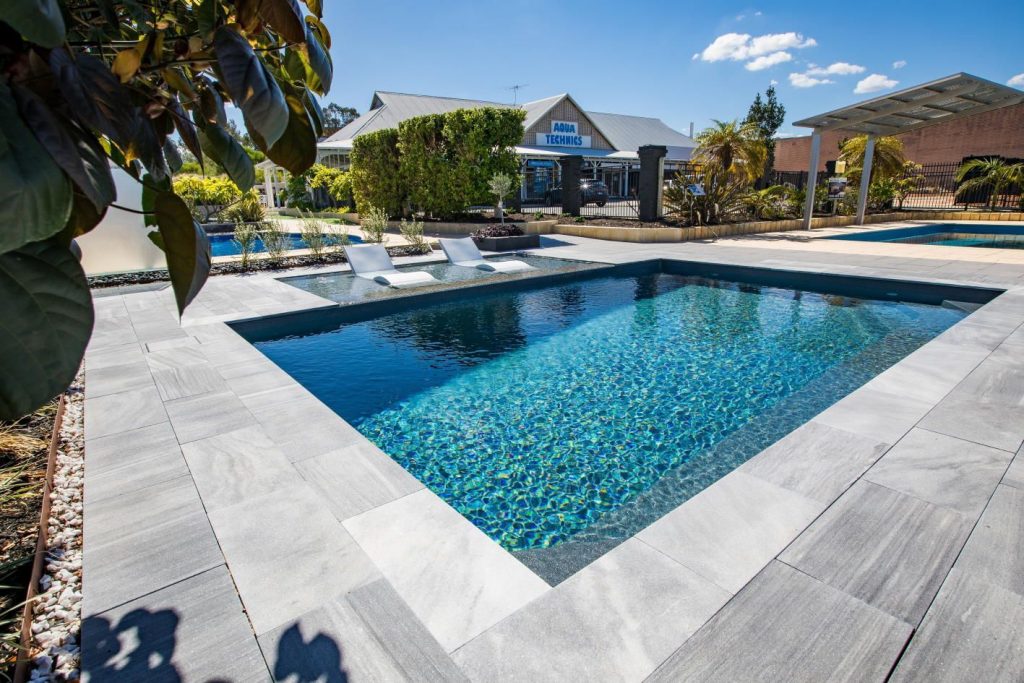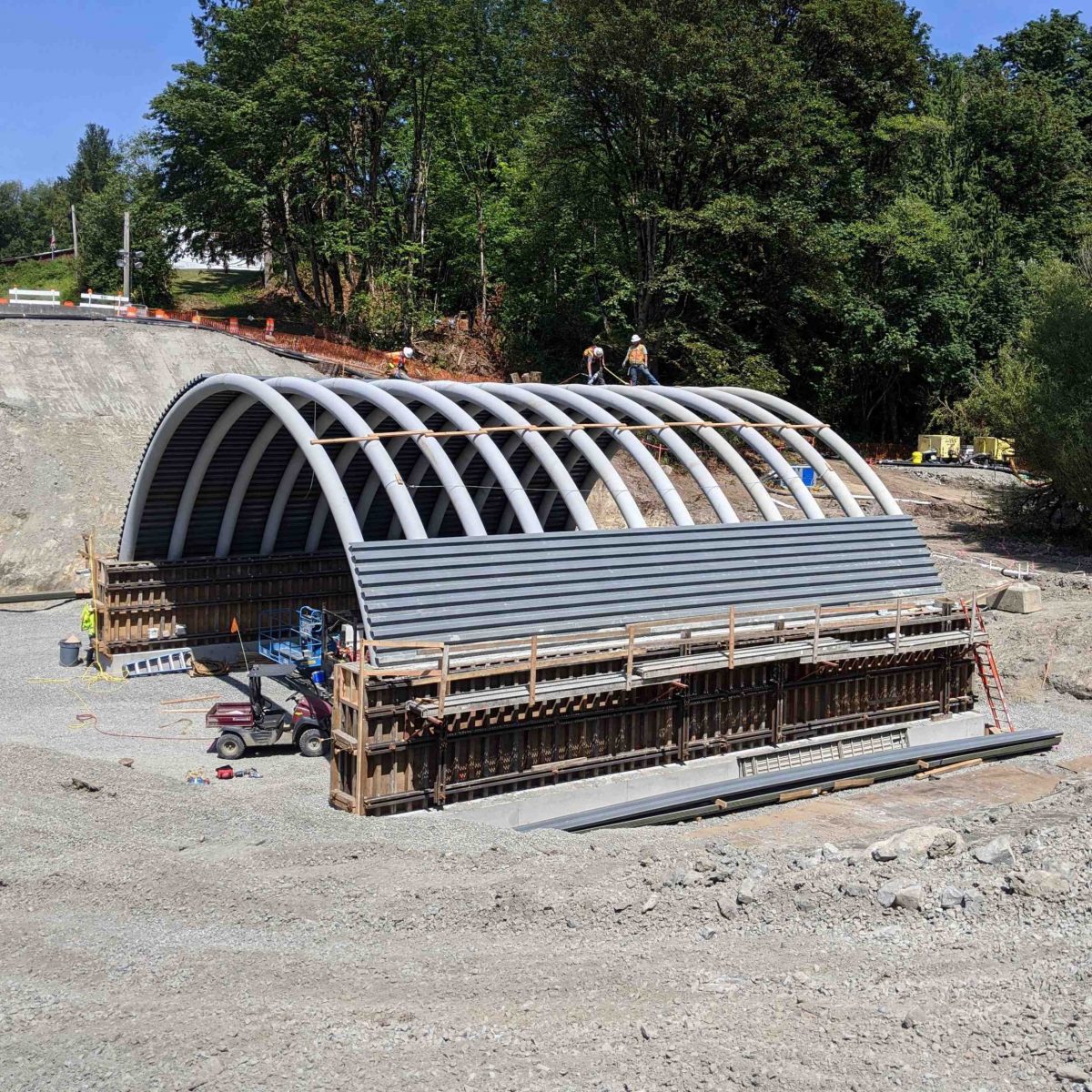

GFRP Graphene Pools Debut Down Under
Australia’s Aquatic Leisure Technologies (ALT) recently introduced the world’s first commercial range of graphene enhanced GFRP swimming pools. Graphene Nano-Tech pools, which the company says are lighter, stronger and more durable than traditional GFRP pools, are manufactured using a process that combines graphene-infused resin with traditional GFRP fabrication.
ALT approached project partner and fellow western Australian company First Graphene (FG), a supplier of high-performance graphene products, in 2018. After more than 40 years of manufacturing GFRP swimming pools, ALT was looking for a better solution to moisture absorption. Although the interior of their pools is protected by a dual gel coat layer, the exterior is vulnerable to moisture from the surrounding soil.
“GFRP systems can be susceptible to moisture absorption,” says Neil Armstrong, composites commercial manager for First Graphene. “They contain reactive groups that can react with absorbed water via hydrolysis, leading to the infusion of water vapor into the matrix structure and the potential for osmotic blistering.” Manufacturers employ various strategies to reduce water penetration on the outside of GFRP pools, such as adding a vinyl ester barrier layer to the laminate structure. However, ALT wanted a more robust option, as well as increased flexural strength to help its pools retain their shape and withstand pressure from the backfill and either hydrostatic or hydrodynamic loads.
While First Graphene had helped create graphene infused GFRP laminates for the marine industry and water storage systems, pools were new territory. To ascertain the ideal formulation of its PureGRAPH® graphene nanoplatelet powder for pools, the company conducted testing on flexural strength and water resistance. “We tried various grades and concentrations to determine the most appropriate mix to incorporate into the resin,” says Armstrong. “We determined that only very low concentrations were required to deliver considerable performance improvements.”
Within months, the company demonstrated that a small amount of PureGRAPH mixed with polyester styrene resin and chopped glass fiber reinforcement produced GFRP that was lighter, 30% stronger and far less susceptible to water diffusion. The addition of graphene reduced the water diffusion coefficient by a factor of 10. “That was at a laboratory scale,” says Armstrong. “The next challenge was to scale up to commercial capacity.”
The company’s first task was to find equipment that could effectively incorporate PureGRAPH powder into the resin. ALT invented a patent-pending process to reduce the size of the graphene agglomerates and evenly disperse the graphene throughout the resin matrix. Manufacturing and shipping delays due to the COVID-19 pandemic pushed commercialization back nearly a year as the company waited for specialized mixing equipment to arrive. After incorporating the equipment into its production line and instituting safe handling procedures for the powdered graphene material, ALT rolled out the first graphene infused pool in May.
Armstrong says that the need for additional equipment and a reluctance to handle powdered material could create barriers for some companies. Consequently, FG is developing a liquid PureGRAPH product and has released a range of aqueous pastes for other applications. Ultimately, Armstrong says, the company would like to see resin manufacturers incorporate PureGRAPH into their master batch solutions.
Meanwhile, Lynley Papineau, managing director at ALT, is pleased with the new GFRP material. “The implementation of PureGRAPH into our company’s range of swimming pools is the beginning of a new era for pre-molded fiberglass swimming pools with greater strength, durability, and water and chemical resistance,” she says.
ALT plans to market its Graphene Nano-Tech pools in Australia, New Zealand and the United States. For the first few years, ALT and FG will partner in an exclusive supply contract. In time, FG expects graphene GFRP technologies to be deployed across the leisure pools industry and in marine, water engineering and sports equipment markets. Emerging prototypes include a graphene GFRP surfboard and the first graphene-enhanced boat, which was built by Ascent Shipwrights in Perth, Australia, and is currently undergoing sea trials.
Melissa O’Leary is a freelance writer in Cleveland. Email comments to melissa@good4you.org.

SUBSCRIBE TO CM MAGAZINE
Composites Manufacturing Magazine is the official publication of the American Composites Manufacturers Association. Subscribe to get a free annual subscription to Composites Manufacturing Magazine and receive composites industry insights you can’t get anywhere else.





